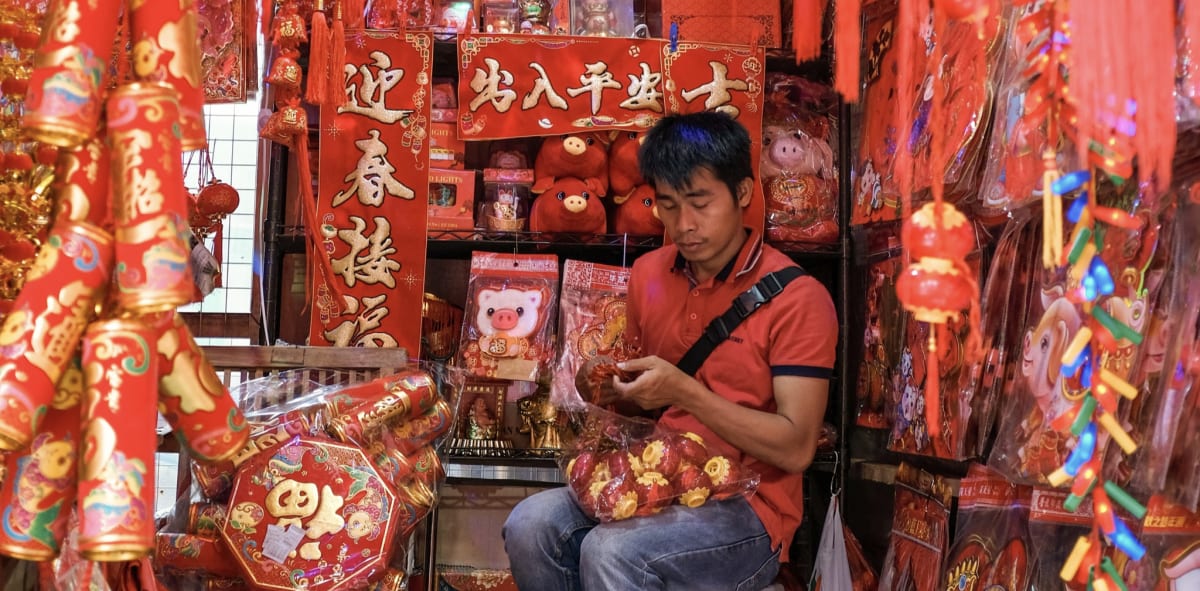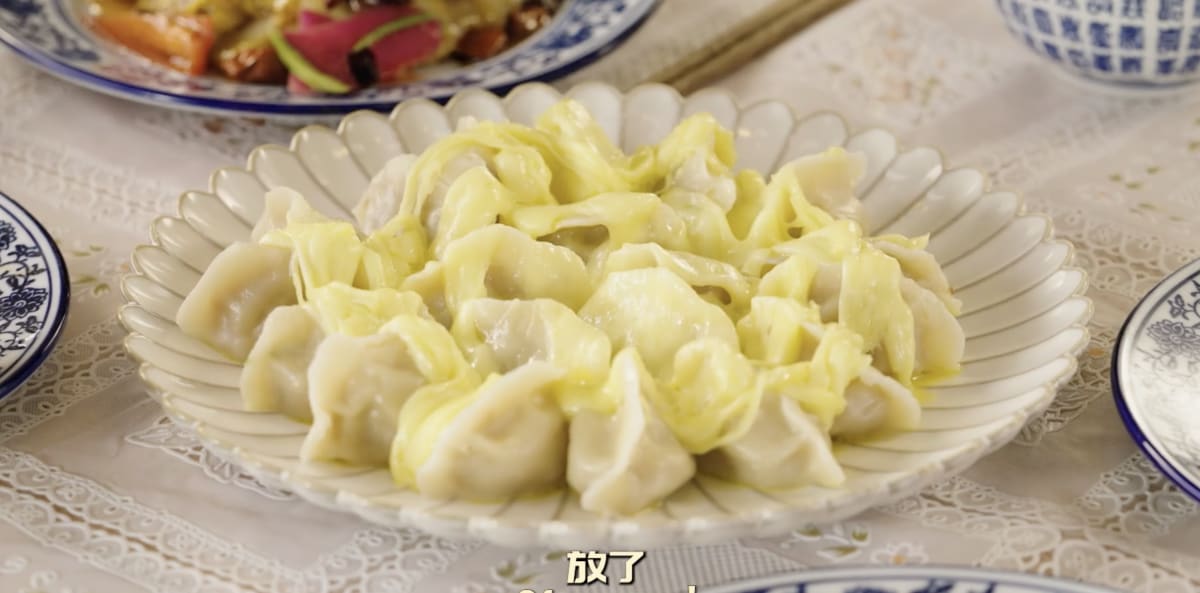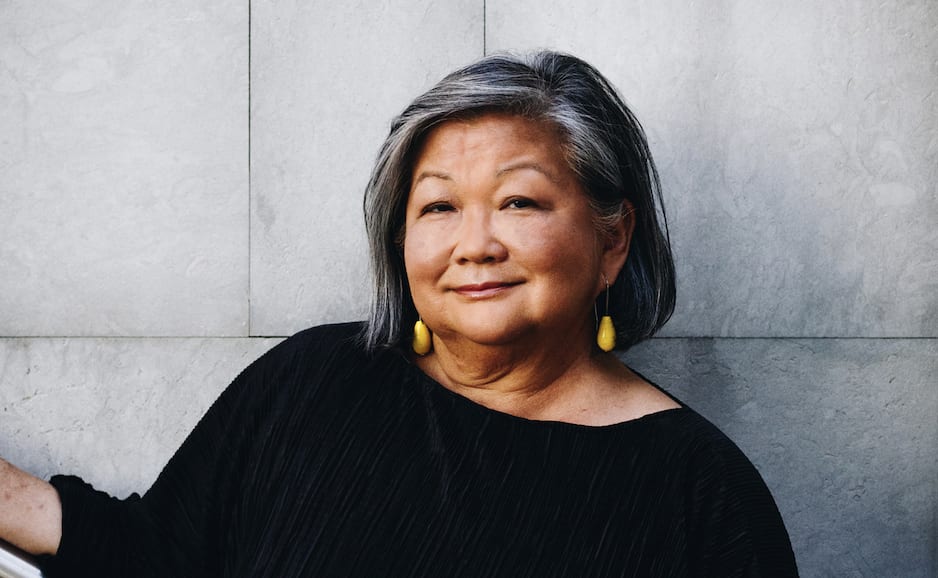
Our biggest dairy company, Fonterra is gunning for consumers in China to put stretchy mozzarella cheese on the Lunar New Year dumplings they will be eating by the million this week. Newsroom asked the experts: is it genius Asian fusion or disgraceful and unhealthy cultural misappropriation?
February 1 this year is an auspicious day - the start of the Chinese or Lunar New Year. It’s the end of the year of the ox (children born that year are diligent, strong and honest), and the start of the year of the tiger (brave, competitive, strong).
New Year festivities last for a couple of weeks, from New Year’s Eve on January 31 to the Lantern Festival, held on the 15th day of the new year.

In China alone, more than a billion people will clean their house (sweep away misfortune), decorate their windows and doors with red for good luck and give children money in red envelopes.
But most importantly, they will travel to see their families and they will eat dumplings - lots of dumplings. Shaped like ancient Chinese ingot coins, dumplings are a sign of wealth. The more dumplings you eat to welcome in the new year, the more prosperous you will be – or so they say.
Traditionally, people put a gold coin in a few of their dumplings (extra luck); there’s also the option of adding lollies (a sweet year), peanuts (long life), jujube or chestnuts (a baby).
But this year, Chinese families will have a far tougher decision to make – whether to add mozzarella cheese to the top of their New Year dumplings.
The Fonterra new year video campaign is fronted by a Beijing-based comedy troupe.
In the ad, a teenage member of a family gathered for the new year introduces the revolutionary idea of mozzarella on dumplings. Older relatives are horrified. Grandad briefly looks like he’s going to explode, but then has an epiphany and embarks on some slightly off-piste kung-fu moves to get his share of the cheesy delicacy..
All in 24 seconds.
If it takes off, mozzarella on dumplings could be an inspired marketing move for our largest dairy company and export earner. Already Fonterra factories in Clandeboye near Temuka, and, Australia have been expanded over recent years to make more mozzarella; a 2018 Fonterra information sheet “Doing business in China” said the company supplied the cheese for half the pizzas sold in China.
That’s some claim.
Cheese on pizzas - that’s normal. But cheese on dumplings?
Is the idea an example of genius Asian fusion, or of disgraceful cultural misappropriation? Madness, or the Next Big Thing? One step too far in fuelling an obesity epidemic in China?
Newsroom couldn’t resist finding out. We asked three New Zealand-based Asian food experts for their opinion.
Outspoken and successful food influencer
Albert Cho, of ‘70,000 followers on his Eatlitfood Instagram page’ fame, is of Korean not Chinese extraction. But that doesn’t mean he doesn’t have strong views on Fonterra’s latest cheese-on-dumplings idea.
He loves it.
“People who still call fusion food ‘cultural appropriation’ need to find a hobby,” he says. “Like, are you 19 years old and just learned about racism or something? If it’s yum, who’s to judge?”
And it would be yum, he reckons.
“Cheese is good on basically everything. You can’t go wrong with dough or cheese - and both are beige. I’ve never had a beige food that’s bad.”
OK, what about your grandma? What would she think of the idea? She’d think it was “wack” - meaning of bad or dubious quality, he says, though she’d probably enjoy the dumplings if she tried them.
“She likes cheese, but anything away from the norm is weird”.

Food writer, scientist and dietitian
Jennifer Yee Collinson’s paternal great-great grandfather came to New Zealand in the 1880s, and 140 years later, the food writer and nutritionist is up to her eyeballs in family New Year preparations when Newsroom calls her.
She’s watched the Fonterra video, she says, and has some thoughts.
First, there are way too few dumplings in that serving - the family shouldn’t be fighting over them. “The number of dumplings signifies the amount of wealth, so for that family for New Year, they should be offering at least 100 to make it meaningful.”
And why not grill them? Gold is highly symbolic for the Lunar festival - hence a dumpling’s ingot shape and those nuggets traditionally put inside. Grilling would give the dumplings a lovely golden topping.
The stretchiness of the mozzarella is great, she says. There’s a lot of symbolism surrounding what foods are eaten at Chinese New Year and the way the cheese binds the dumplings together could signify family unity and togetherness.

And lastly, Yee Collinson has a warning around the impact of adding cheese to a traditional food in terms of lactose intolerance and obesity. (In fact, in largely lighthearted conversations, the serious issues of lactose intolerance and obesity in Chinese people were raised by all three of our dumplings-and-cheese reviewers.)
Research from 2018 linked increased dairy consumption in children with higher levels of obesity in adults, while a much-quoted study put lactose intolerance in some Chinese populations at over 90 percent.
“How about Fonterra has a low-lactose, gut-friendly option?” Yee Collinson suggests.
Food champion, restaurant judge, entrepreneur
Connie Clarkson reckons what Fonterra is doing with its mozzarella is simply reintroducing a lapsed Chinese culinary phenomenon.
The Singapore-born food writer, former French Café owner, and creator of food business training programme The Kitchen Project points to a 2021 South China Morning Post article which suggests cheese has a 1200-year history in China. Cheese dumplings were big in Shanghai in the 16th century, writer Sylvia Marchetti says, and in Yunnan province, the Bai people still make a goats cheese resembling mozzarella.
“Italian pasta originated as noodles in China, and dumplings became ravioli," Clarkson says of Fonterra's innovation. "This is probably just a Chinese idea coming back.”

Still, she tends to think the cheese would be better on the inside, not the outside of the dumplings - as with that old Shanghai delicacy.
“I’m not opposed, but for me the joy of a Chinese dumpling is popping that whole, lovely, juicy morsel into your mouth, without fighting with the string.”
An unscientific survey of whanau members gathered for the New Year preparations found a general distaste for the idea, she says.
“One said ‘dumplings are a holy institution, why mess with them’, another reckoned it was like crucifying a precious jewel, and one teenager said it was like putting nutella on a pepperoni pizza.”
Who says the young are open-minded?







